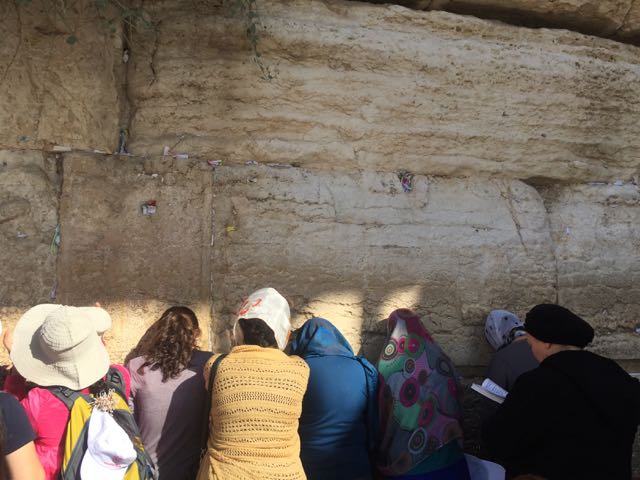
Each year-end I take some time to reflect back at what all I accomplished, where all I traveled to, and most importantly, what I learned from those travels. I sincerely believe that travel is the best educator. Through experiences, you not only learn about other countries and cultures, but also about yourself. You acquire skills […]
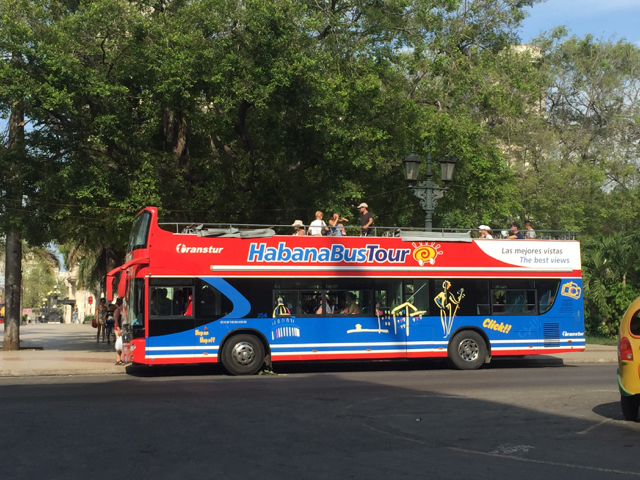
On July 20, 2015, the Cuban embassy in Washington DC was reestablished after 50+ years. Meanwhile, US intersection opened in Havana, Cuba on the same day. I happened to witness this historic moment with some Cuban artists at their studio in Havana. Their reaction to the events was overwhelming! They were singing, clapping and in tears to […]
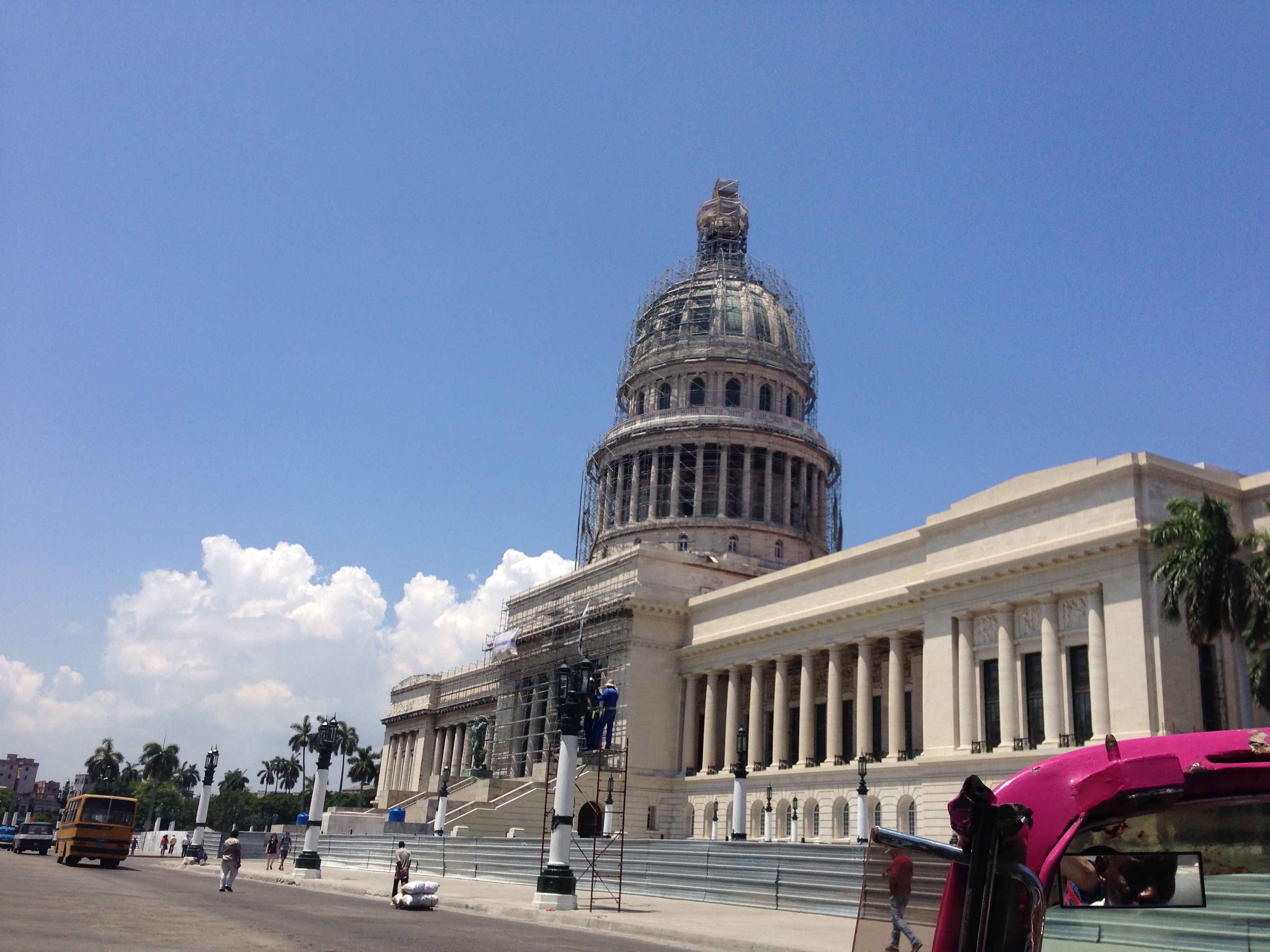
Whether you’re looking for delicious food, vintage car rides, architectural gems, or lively dance, Cuba has it all. Here are the best reasons to visit Cuba… 1. Tour Havana in a classic American car. Drive through Havana in a vintage Chevrolet convertible for a once-in-a-lifetime experience! Adolfo, our guide/driver of a bright pink Chevy, tested […]
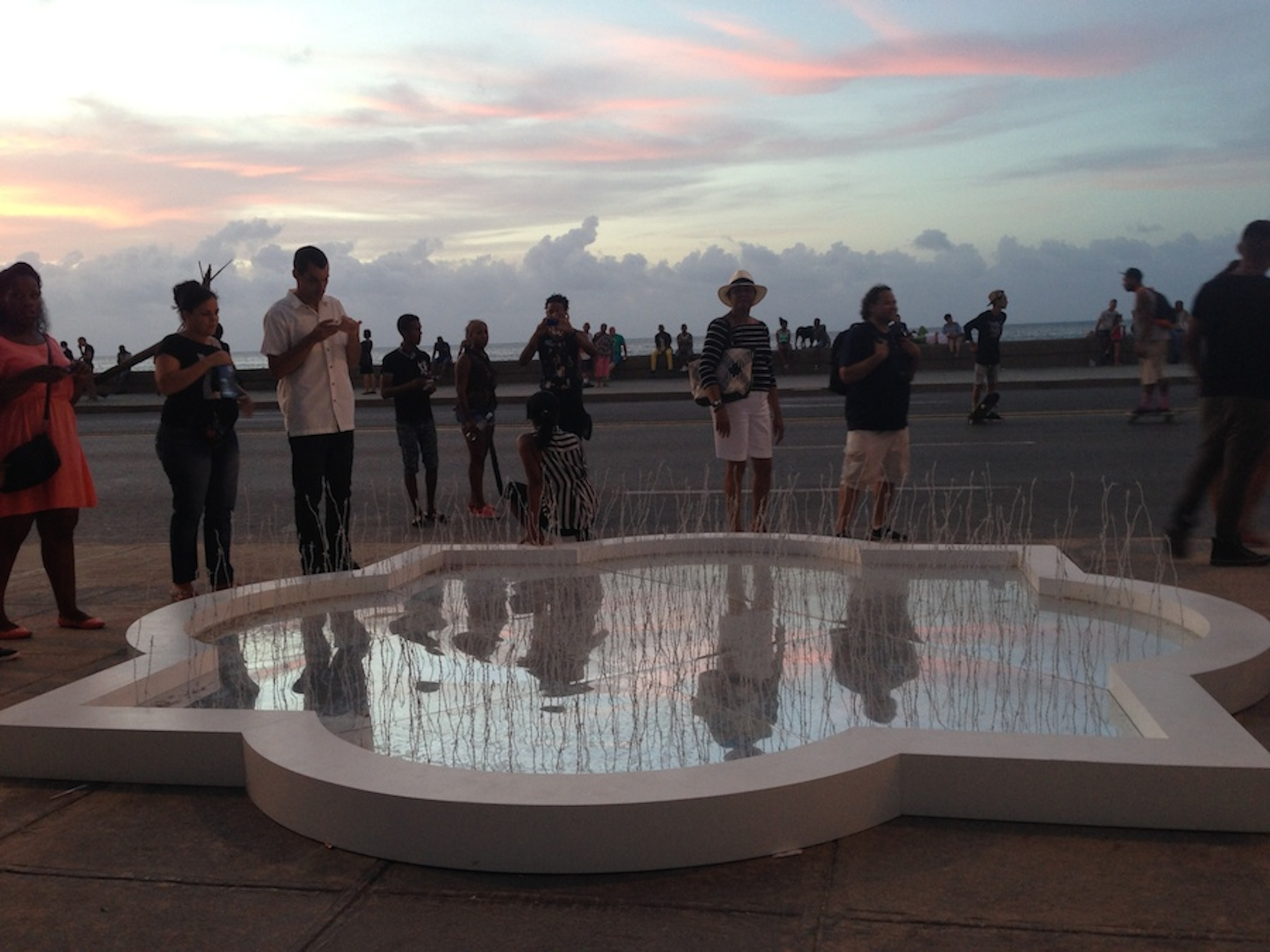
The air buzzed with excitement outside the Factoría Habana in Havana Vieja. Cubans and people from around the world, gathered outside the gallery, eagerly awaiting the opening. Right away, art aficionados dressed in trendy outfits, streamed into the building. Within minutes, the entire gallery was full of people looking at art, chatting with friends, taking […]

Are you a fan of Cuban cuisine? Want to learn to make authentic Cuban tostones recipe? Well, tostones is basically a savory plantain chip that is enjoyed as a snack or a side in many Caribbean cuisines. This recipe is very easy to make provided you have the right ingredients and a little bit of […]
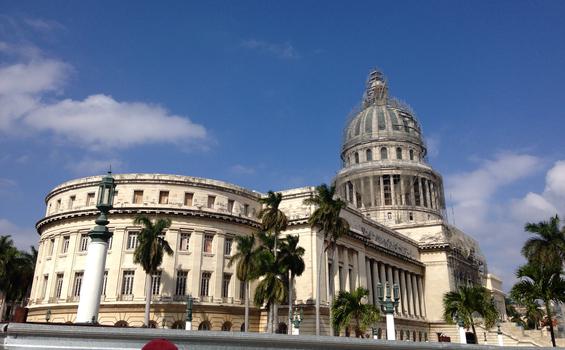
Cuba is an opportunity to relive life as we enjoyed it in the 1950s. Being in that warm and friendly country is experiencing an environment held motionless in time for more than 50 years. That does not mean that the country is not progressing, only that it had its more noticeable growth period in the years […]
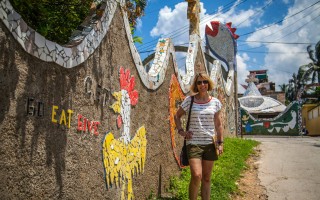
Much has been written about the ruin of previously unspoiled travel destinations due to the overwhelming popularity of the very things that made them desirable to begin with: Natural beauty unmarred by hotel high-rises; arts as opposed to mass-produced memorabilia; culturally unique traditions that do not mock their practitioners; and economics based on something other […]
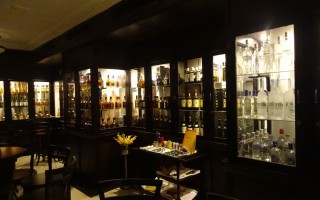
Sloppy Joe’s is a historic bar located in Old Havana and one of the must-visit places in Cuba. The landmark sandwich shop opened in the 1930’s. It is believed that the name originated from the unkept nature of the restaurant or the fact that it had “ropa vieja” Spanish version of a sloppy joe as […]
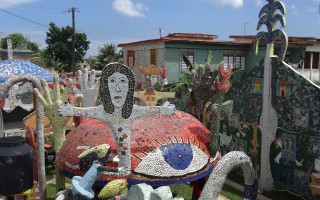
One of the places you must visit in Havana, is the community project of Cuban artist, José Rodriguez Fuster. Located in the northwestern part of Havana, the town of Jaimanitas can also be known as Fusterlandia.
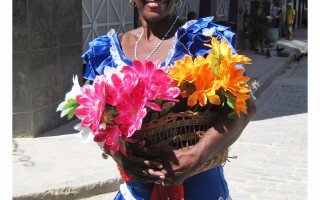
Isn’t it amazing how travel can change your perspective? This probably applies no matter where you go. Yet, I think observing the daily routines of people in another country brings unique perspective. Having a cultural benchmark can focus your thinking on what’s important in life.
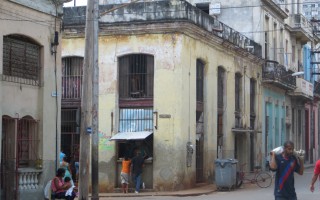
My daughter Dawn and I knew Cuba would play with our expectations as soon as we landed. The female personnel at the Havana airport were dressed in conventional style uniforms but where their skirt hems ended they had on fishnet or other patterned stockings.

Yes, it is safe and legal for Americans to travel to Cuba. Since President Obama lifted the embargo, Americans can now go to Cuba provided it is for certain objectives. These include visiting family, educational or professional research, humanitarian and religion. Permits and visa are required but easy to obtain as long as you go […]